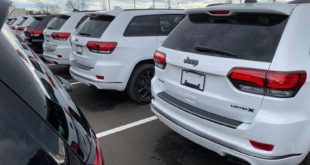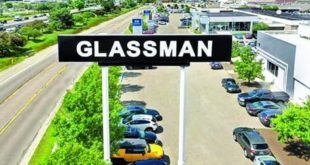
Personal vehicle ownership has never been more desirable to Americans. Whether it be long drives to clear one’s head, driving to vacation spots instead of flying or a fear of public transportation because of COVID-19 concerns, consumers consider their vehicle a haven in a perilous world.
As personal ownership desirability increases, so do opportunities for dealerships to sell finance-and-insurance products. Wary of the various expenses that come with vehicle ownership, consumers are seeing value in protection products, an Ally Financial survey published this month found.
Public retailers have provided evidence to support the theory, as companies such as Penske Automotive Group and AutoNation Inc. reported a “significant shift toward individual mobility” among the reasons for record-high third-quarter earnings. All six retailers also grew F&I profit per vehicle by more than $ 100 each in the quarter.
The survey, conducted Sept. 23 to 29 by OnePoll on behalf of the Detroit lender, indicates the deadly coronavirus pandemic is putting on hold certain mobility shifts the auto retail industry has braced for over the past few years. It also showed that more than half of drivers are concerned about unexpected vehicle repair costs.
Previous Ally studies pointed out that repair expenses have been rising substantially alongside augmented vehicle technologies inside larger, more expensive vehicles. The costs have been significant, particularly for younger drivers.
Consumers are holding onto their vehicles for longer periods of time, said Mark Manzo, president of Ally Insurance. Even if consumers aren’t driving as much during the pandemic, prolonged vehicle ownership increases the odds of unexpected repairs.
Cash-strapped customers, in some cases, are forced to choose, “do they make a car payment, or do they repair their car?” Manzo said.
Consumer trust in ride-hailing, subscription and vehicle-sharing programs seems to be waning, according to the survey of 2,000 consumers. Seventy-four percent of respondents said COVID-19 concerns are keeping them off buses and trains. Sixty-nine percent of current vehicle owners responded that they plan to drive more even after the pandemic ends.


